#Locmariaquer
Explore tagged Tumblr posts
Text
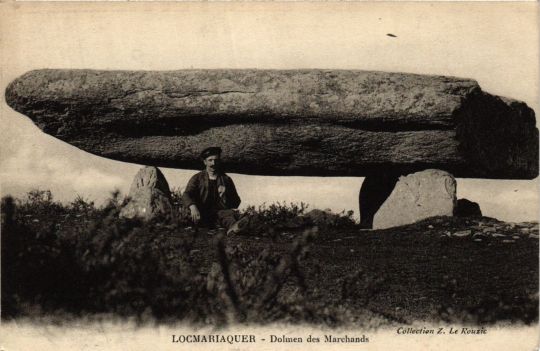
Dolmen in Locmariaquer, Brittany region of France
French vintage postcard
#postcard#region#carte postale#vintage#postkarte#photography#postkaart#brittany#french#photo#tarjeta#briefkaart#historic#dolmen#france#locmariaquer#postal#ansichtskarte#sepia#ephemera
18 notes
·
View notes
Text
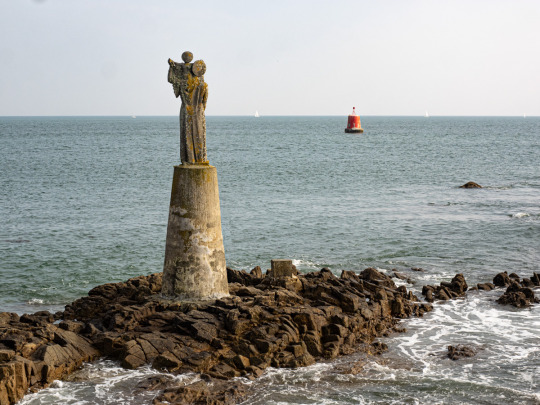
LA GARDIENNE DU GOLFE (ND de Kerdro).
Locmariaquer.
17 notes
·
View notes
Photo

Dolmens de Corée Ancienne
Les dolmens (en coréen: koindol ou chisongmyo) sont des structures simples faites de pierres monolithiques érigées à la fin de la période néolithique ou à l'âge du bronze coréen (1er millénaire avant notre ère). Dans l'ancienne Corée, ils apparaissent le plus souvent à proximité des villages et les découvertes archéologiques qu'ils renferment indiquent qu'ils furent construits pour servir de tombeaux aux membres de l'élite de la communauté. Plus de 200 000 structures mégalithiques ont été recensées en Corée, dont 90 % en Corée du Sud, où elles ont le statut de monuments protégés. La plupart des pierres utilisées sont immenses, le plus grand exemple trouvé mesurant 5,5 mètres de large et 7,1 mètres de haut, et beaucoup pèsent plus de 70 tonnes.
Lire la suite...
#Histoire#Néolithique#LongBarrow#Locmariaquer#ArchitectureCoréenne#Corée#Dolmen#Carnac#ÂgeDuBronze#Menhir#TraceurCorée
0 notes
Photo
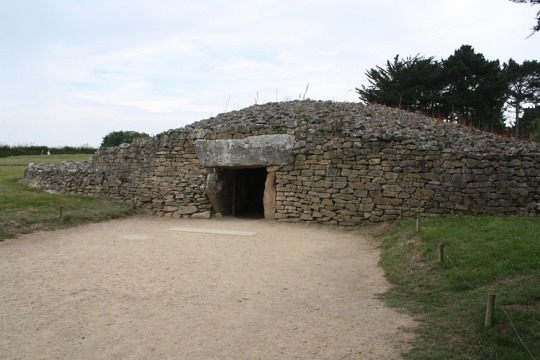
Locmariaquer
Locmariaquer is a Stone Age site in north-west France distinguished by its two large stone tombs and massive granite standing stone or menhir. The monumental structures, all built within metres of each other, were built in the 5th millennium BCE by the local sedentary farming community and are amongst the most impressive Neolithic monuments anywhere.
Grand-Menhir
The huge igneous stone monolith known as the Grand-Menhir was a single piece of granite 20 metres tall and over 280 tonnes in weight. The engineering skills employed to move and erect such a massive stone are impressive, especially as the nearest source of such stone was 10 km distant. The menhir was carefully positioned, probably using earth ramps, at the end of an alignment of 18 interlocking stones c. 4,500 BCE, now destroyed but indicated at the site today. The menhir would have been finished off and given a smooth surface using quartz hammers. Another large menhir or stele once stood near the Grand-Menhir and two large pieces from it - identified by their ox carvings - were reused in the Table-des-Marchands tomb (tumulus) nearby (see below) and the stone tomb on the small island of Gavrinis across the Gulf of Morbihan 4 km away. The surface of the Grand-Menhir shows deliberate stud marks and a socket was made in the base of the stone to increase its stability when standing. Nevertheless, the giant subsequently toppled over and fractured into four large pieces. Whether this was due to natural causes such as high winds, lightning or an earthquake, or due to a deliberate breakage is unclear. More certain is the fall likely occurred only a few hundred years after its erection, sometime around 4,000 BCE.
Continue reading...
40 notes
·
View notes
Text
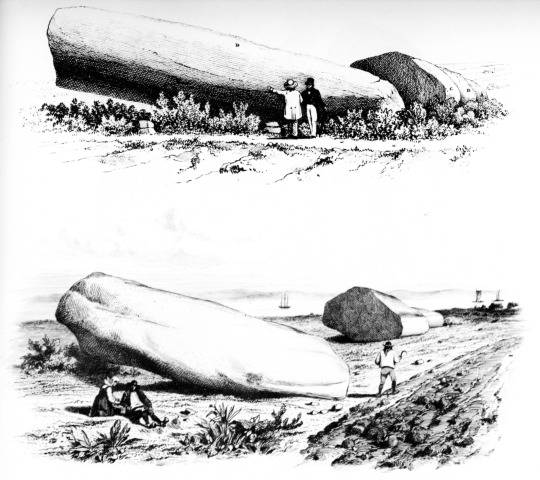
The Great Menhir of Locmariaquer originally stood at a towering height of 67.5ft and originally weighed around 330 tons
5 notes
·
View notes
Text
Eleanor Clark
Eleanor Clark was born in 1913 in Los Angeles, California. Clark published her first novel, The Bitter Box, in 1946. She would become known, however, for her travel writing. Her book Rome and a Villa was a finalist for the 1953 National Book Aware for non-fiction. Clark would later win the 1965 National Book award for Oysters of Locmariaquer. She also wrote novels, children's books, essays and reviews. Clark was an outspoken advocate of disarmament and worker's rights. She was involved with labor organizing in college, and went on to write for leftist publications.
Eleanor Clark died in 1996 at the age of 82.
7 notes
·
View notes
Text
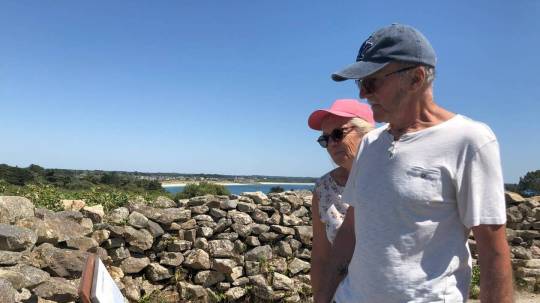
Mégalithes à l’Unesco. À Arzon et Locmariaquer, les visiteurs craignent une surfréquentation http://dlvr.it/TLtN6d
0 notes
Text
Plouigneau : la fin. Locmariaquer : le bain (privé)
BLOG JEFF. Jeu 16.07.2015, 23:10. https://jeff.jfsaby.fr/plouigneau-la-fin-locmariaquer-le-bain-prive/ 1 VIDÉO ET 12 PHOTOS PRIVÉES. Réservées aux membres du blog Jeff. Connexion requise. Mes invités alsaciens à Plouigneau sont partis. Je vais les rejoindre à Pluvigner. Nicolas nous convoie vers la plage de Locmariaquer…
1 note
·
View note
Text
Lok’en bulles à Locmariaquer
Les 21 et 22 à Lok’en bulles Tarek et Vincent Pompetti seront en dédicace pour signer leurs albums.
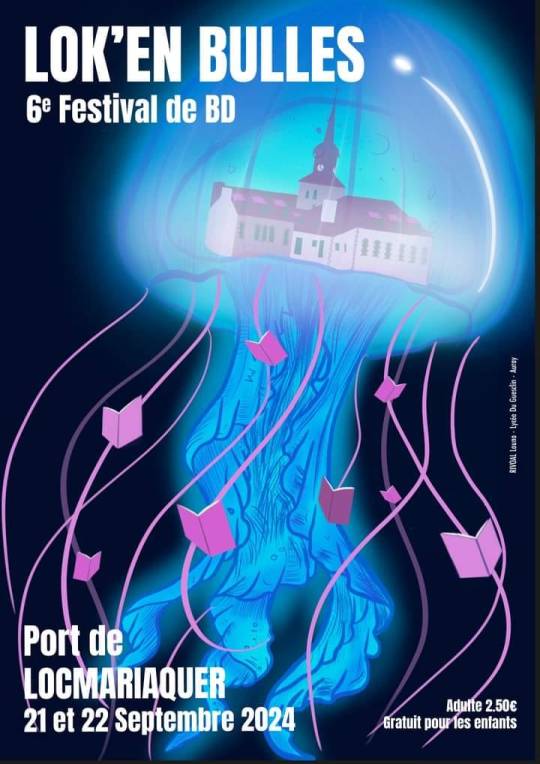
View On WordPress
0 notes
Text
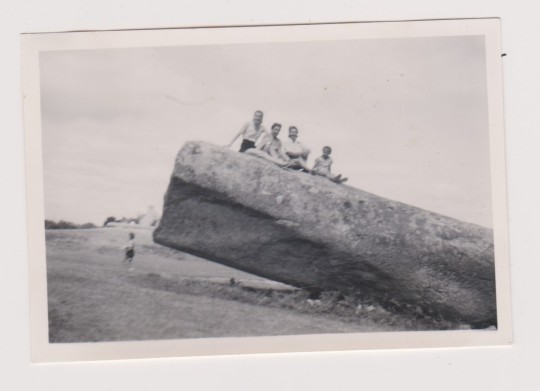
Snapshot argentique locmariaquer menhirs mégalithes juillet 1950 Morbihan animée
8,8 x 6,4 cm
(B2)
0 notes
Text
Megalithic Constructions

In the final phase of the Neolithic and the subsequent Eneolithic period, a remarkable development of megalithic constructions emerged, a term derived from the Greek ("mégas" for large and "lithòs" for stone). These imposing structures, largely dedicated to worship and collective burials, bear witness to the ingenuity and spirituality of ancient civilizations.
Menhir: Towering Monuments of Symbolic Meaning
Menhirs, derived from Breton ("men" for stone and "hir" for long), are tall monoliths driven into the ground, often marking burial sites. Their height, ranging from 2-3 meters to 6 meters, can reach extraordinary peaks, as highlighted by the Breton menhirs of Kerloas and Locmariaquer. These monoliths can be isolated or arranged in straight or circular alignments, often oriented in precise astronomical directions. In Carnac, Brittany, a complex of about 3000 menhirs extends in parallel rows, oriented westward, creating a captivating panorama over a kilometer long.
Dolmen: Innovative Trilithic System in Funerary Architecture
The dolmen, derived from Breton ("doul" or "tol" for table and "men" for stone), constitutes a form of funerary architecture. Composed of two or more stone blocks driven into the ground, surmounted by a horizontal slab, this trilithic construction system represents mankind's first use in this regard. The dolmen, primarily sepulchral, can be an individual or collective tomb, often characterized by an access corridor. Initially covered by stone or earth tumuli, the oldest dolmens in Italy are found in Sardinia, Apulia, and the Alpine region for the Copper Age.
Cromlech: Concentric Monuments of Astronomical Significance
Cromlechs, derived from Breton ("crom" for round and "lech" for stone), represent the monumental application of the trilithic system. These consist of series of dolmens arranged in concentric circular figures. Widespread in Neolithic and Eneolithic Europe, cromlechs originally served to define the lunar cycle, later adapting to indicate the movement of the Sun and the progression of seasons. In addition to their practical utility, these sites were spaces for collective ceremonies, including funeral, agricultural, and fertility rites.
Allée Couverte: Collective Funerary Constructions in France
Another application of the dolmen, particularly common in France, is the Allée couverte ("covered alley"). These collective funerary constructions are composed of stone slabs supported by vertical structures or dry-stone walls, sometimes reaching considerable dimensions. A notable example is the Allée couverte du Mougau, erected between the end of the Neolithic and the beginning of the Eneolithic, which stands out for the presence of engravings. The structure, 14 meters long, has a north-south orientation, with a northern entrance and a chamber at the southern end, likely preceded by a vestibule.
In Conclusion
Megalithic constructions bear witness to the rich cultural and religious landscape of ancient civilizations, offering a detailed look into how these communities conceived the world and the divine.
#MegalithicWonders#AncientArchitecture#SpiritualHeritage#NeolithicCultures#HistoricalMonuments#ArchaeologicalMarvels#CulturalSignificance#AncientCivilizations#CeremonialSites#HistoricalSpirituality#StoneAgeWonders#EneolithicHeritage#CulturalExploration#NeolithicArtifacts#ArchitecturalInnovation#CulturalHeritage#AncientWisdom#HistoricalDiscovery#SacredSites#AncientBeliefs
0 notes
Text
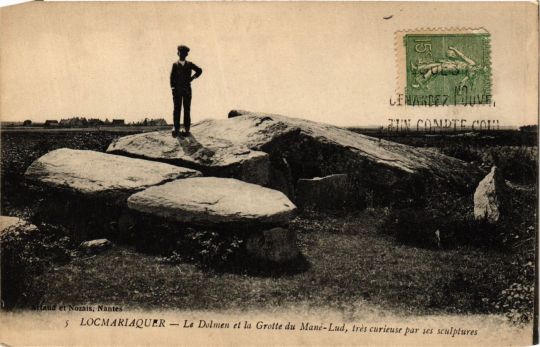
Mané-Lud dolmen and cave in Locmariaquer, Brittany region of France
French vintage postcard
#postkarte#postkaart#Brittany#France#ephemera#French#sepia#postcard#briefkaart#dolmen#carte postale#postal#Locmariaquer#photography#region#historic#vintage#tarjeta#ansichtskarte#Mane-Lud#cave#photo
9 notes
·
View notes
Photo
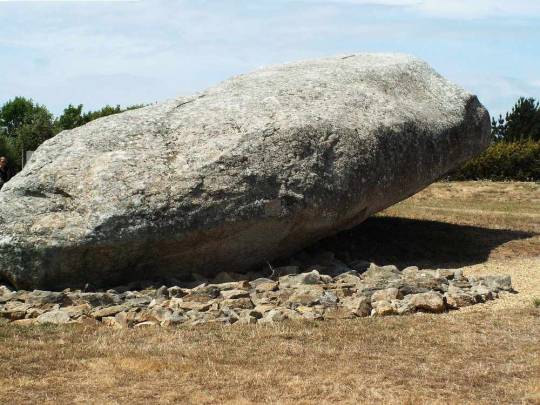
Locmariaquer megaliths
The Locmariaquer megaliths are a group of prehistoric monuments located in Locmariaquer, a small coastal town in Brittany, France.
Read more at: https://paganplaces.com/places/locmariaquer-megaliths/
0 notes
Photo
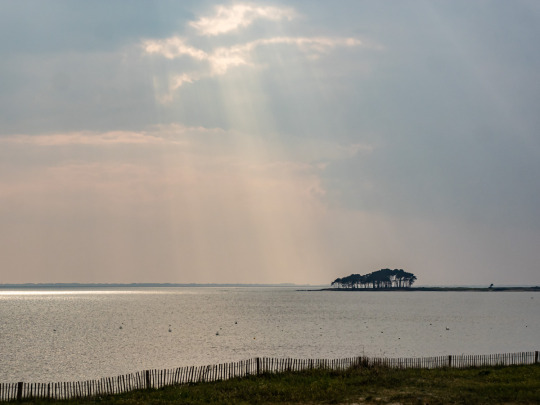
LE BOSQUET.
Locmariaquer.
21 notes
·
View notes
Photo
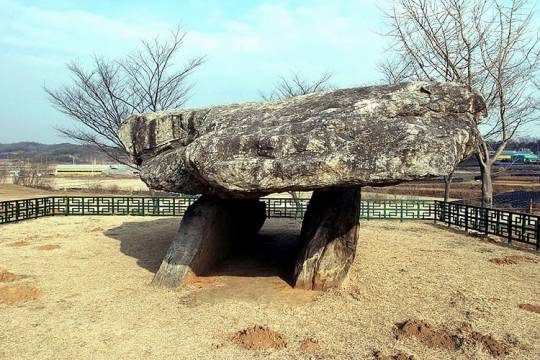
Dolmens of Ancient Korea
Dolmens (in Korean: koindol or chisongmyo) are simple structures made of monolithic stones erected during the late Neolithic period or Korean Bronze Age (1st millennium BCE). In ancient Korea they appear most often near villages and the archaeological finds buried within them imply that they were constructed as tombs for elite members of the community. Over 200,000 megalithic structures have been recorded in Korea with 90% of them in South Korea where they have the status of protected monuments. Most of the stones used are massive with the largest example found being 5.5 metres wide and 7.1 metres tall, and many weigh over 70 tons.
Continue reading...
#Bronze_Age#Carnac#dolmen#Korea#Korean_Architecture#Locmariaquer#Long_Barrow#Menhir#Neolithic#Tracker_Korea#history
178 notes
·
View notes
Text
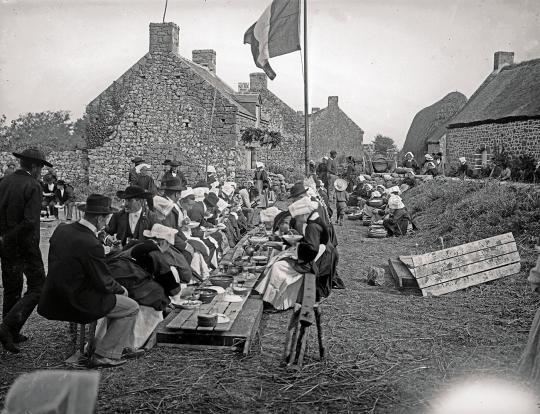
Le repas de mariage. Locmariaquer, Morbihan, Bretagne, France, 1906
Photo: Laurent Nel
33 notes
·
View notes